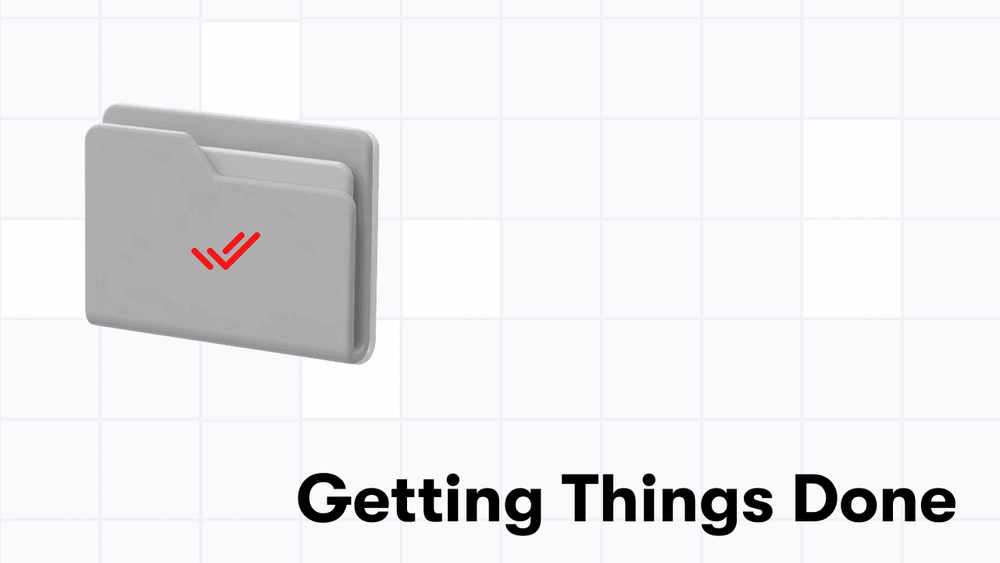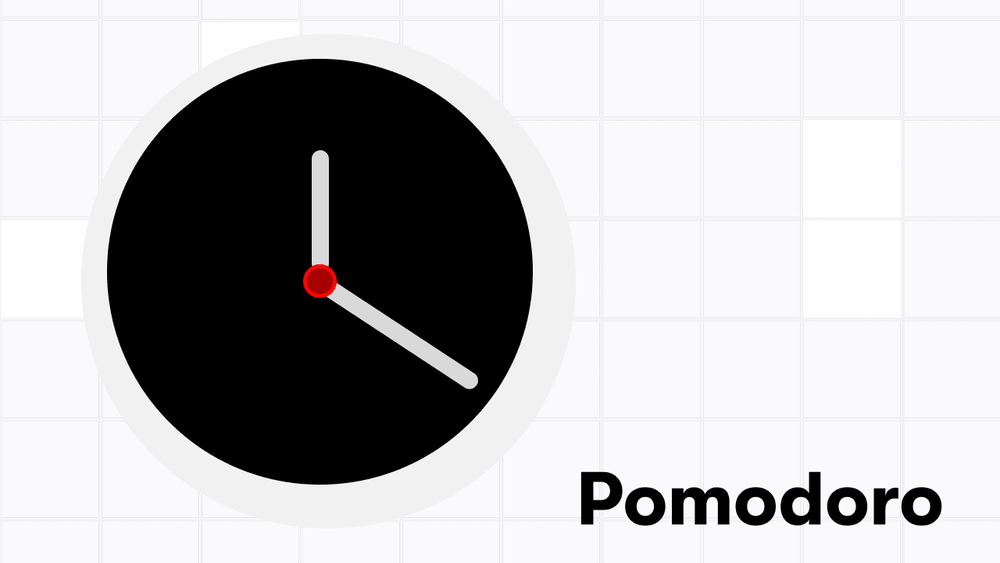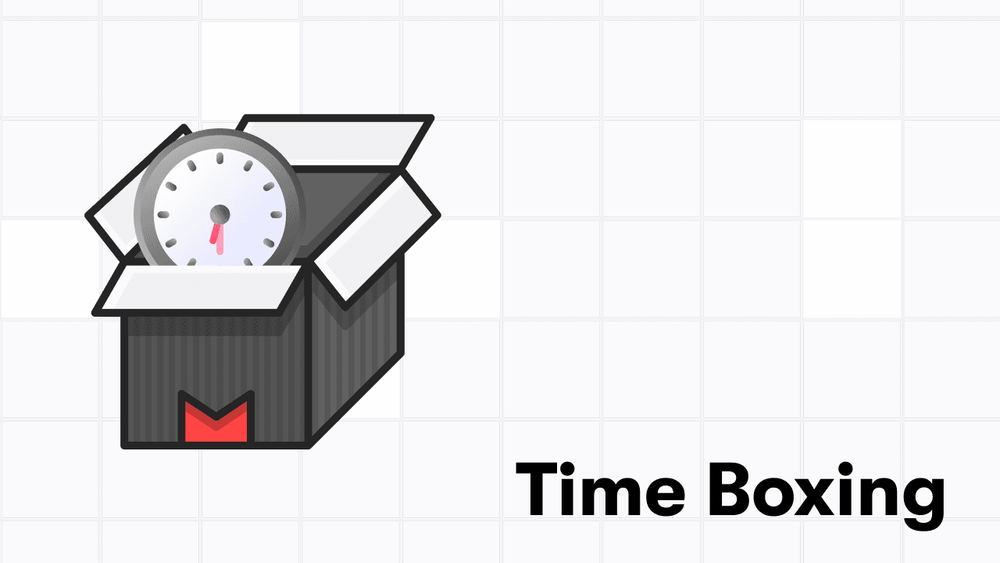Getting Things Done (GTD) is a productivity method created by David Allen that has revolutionized the way many people organize their work and personal lives. Rooted in the principle of moving planned tasks and projects out of the mind by recording them externally and breaking them into actionable work items, GTD enables mental clarity and focus. This guide will walk you through the basics of the GTD system and how to implement it to enhance your productivity.
What is Getting Things Done (GTD)?
Getting Things Done is a time management method that helps individuals capture all the tasks they need to accomplish, clarify actionable items, organize them appropriately, reflect on their commitments regularly, and engage with them. This method is based on the idea that a person needs to move tasks out of their mind by recording them externally. That way, the mind is freed from the job of remembering these tasks and can concentrate on performing them.
Five Pillars of GTD
-
Capture: Collect what has your attention. Use an inbox, notepad, digital list, or voice recorder to capture everything that you need to remember or act on. It’s crucial that this tool is easy and quick to use.
-
Clarify: Process what it means. Take everything that you’ve captured and ask: Is it actionable? If no, then trash it, incubate it, or file it as a reference. If yes, decide the very next action required. If it takes less than two minutes, do it immediately. Otherwise, delegate it or defer it.
-
Organize: Put it where it belongs. Place each item in the right category and list. For example, tasks can be sorted into project lists, reference material, or a calendar.
-
Reflect: Review frequently. Regularly check and update your lists to refresh your memory and prioritize actions. A weekly review of all commitments (calendar, action lists, waiting for list, project lists) is recommended to ensure nothing gets lost or forgotten.
-
Engage: Simply do. Use your system to take appropriate actions with confidence and clarity. Choose tasks based on context, available time, energy, and priority.
Implementing GTD
• Set Up Your Workspace: Start by creating a dedicated workspace for your GTD workflow. This can include physical inboxes, files, and digital tools for capturing and organizing tasks.
• Tools Needed: At a minimum, you’ll need an inbox, a trash bin, a filing system for storage, and lists for next actions, projects, waiting for, and someday/maybe categories.
• Capture Everything: Put every idea, every project, every task into your capture tool without discrimination. The key is to get everything out of your head.
• Make it a Habit: Incorporate your GTD practices into your daily routine. Consistency is key to making it work effectively.
Challenges and Tips
• Overwhelm with Details: GTD can be overwhelming initially due to its detailed nature. Start slow and implement one component at a time.
• Maintenance: Keeping up with the GTD system requires regular maintenance. Do not get discouraged if you fall off the wagon—review and restart.
• Customization: Feel free to adapt the principles of GTD to fit your personal and professional life. Flexibility within the framework is crucial.
Conclusion
Getting Things Done isn’t just about being productive—it’s about being more engaged with your work and less stressed about what you’re not doing. By following the GTD method, you can effectively manage your tasks and responsibilities and free your mind to focus on the task at hand. Start small, be consistent, and adjust the system as you grow more comfortable with the methodology to find what best suits your needs.



